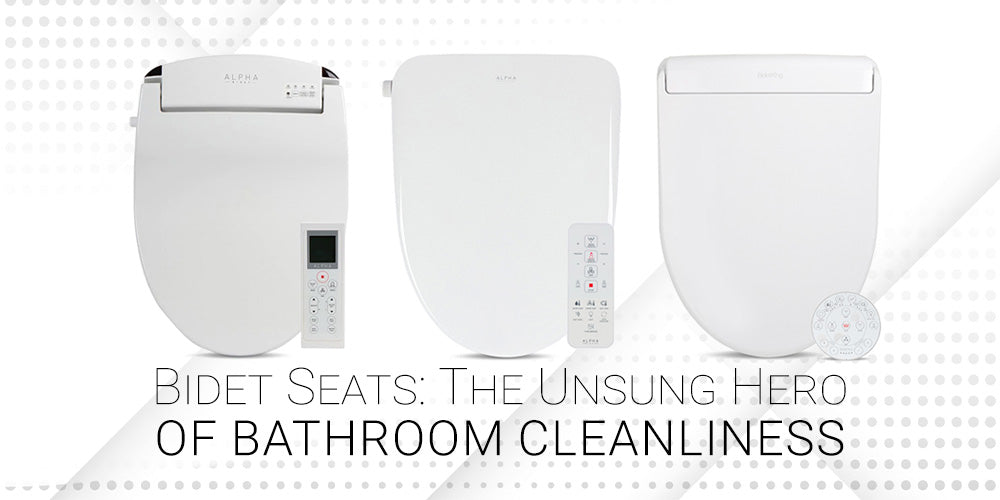In recent years, a quiet revolution has been taking place in American bathrooms. Increasingly, Americans are reevaluating their post-toilet hygiene practices and discovering that bidet seats offer a cleaner, more effective alternative to traditional toilet paper. This shift is transforming daily routines and elevating the standard of personal hygiene across the country.
The Traditional Approach
For generations, toilet paper has been the go-to method for cleaning up after using the toilet. It’s simple, accessible, and has been ingrained in daily routines since childhood. However, toilet paper has significant drawbacks. It can be abrasive, causing discomfort and irritation, especially for those with sensitive skin or conditions like hemorrhoids. Additionally, toilet paper often fails to provide a thorough clean, leaving residue that can lead to hygiene issues and odors.
The Bidet Seat
Bidet seats offer a modern, hygienic alternative that addresses the shortcomings of toilet paper. These fixtures, which can be installed on most standard toilets, use a stream of water to cleanse the genital and anal areas after using the toilet. This method is not only more effective at removing residue but also gentler on the skin, providing a refreshing and comfortable experience.
One of the primary reasons Americans are turning to bidet seats is the superior cleanliness they offer. Water is a more effective cleaning agent than paper, capable of removing more bacteria and waste with each use. This results in a feeling of freshness that toilet paper simply cannot match. Additionally, many bidet seats, such as the Alpha UX Pearl and Alpha JX, come equipped with features like adjustable water temperature and spray pressure, allowing users to customize their cleansing experience for maximum comfort and effectiveness.
The health benefits of using a bidet seat extend beyond superior cleanliness. For individuals with medical conditions such as hemorrhoids, anal fissures, or postpartum discomfort, the gentle stream of water can provide significant relief and promote healing. Bidet seats are also beneficial for elderly individuals or those with mobility issues, as they reduce the need for strenuous wiping and twisting.
Incorporating a bidet seat into the bathroom routine is not only better for personal hygiene but also for the environment. The average American uses an estimated 141 rolls of toilet paper per year, contributing to deforestation and significant water usage in the manufacturing process. By reducing reliance on toilet paper, bidet seats help conserve natural resources and reduce waste. While the initial investment in a bidet seat may seem high, the long-term savings on toilet paper make it a cost-effective choice.
Modern bidet seats are designed for easy installation and use, making them accessible to a wide range of users. Models like the Alpha UX Pearl and Alpha JX offer intuitive controls and sleek designs that seamlessly integrate into any bathroom decor. Many bidet seats also feature heated seats, warm air dryers, and deodorizers, adding an extra layer of luxury to the bathroom experience.
The growing popularity of bidet seats in America represents a significant cultural shift. Historically, bidets were more common in Europe, Asia, and parts of South America. However, increasing awareness of the hygiene benefits and the eco-friendly nature of bidet seats is driving more Americans to make the switch. Influencers and celebrities endorsing bidet seats have also played a role in normalizing their use and sparking interest among the general public.
Conclusion
The revolution in how Americans clean themselves after using the toilet is well underway, with bidet seats leading the charge. Offering superior cleanliness, health benefits, environmental sustainability, and ease of use, bidet seats like the Alpha UX Pearl and Alpha JX are becoming an essential fixture in modern bathrooms. As more Americans embrace this hygienic alternative to toilet paper, the standard of personal hygiene is being elevated, one bathroom at a time. This shift not only reflects changing attitudes towards cleanliness but also represents a broader commitment to sustainable living and overall well-being.









